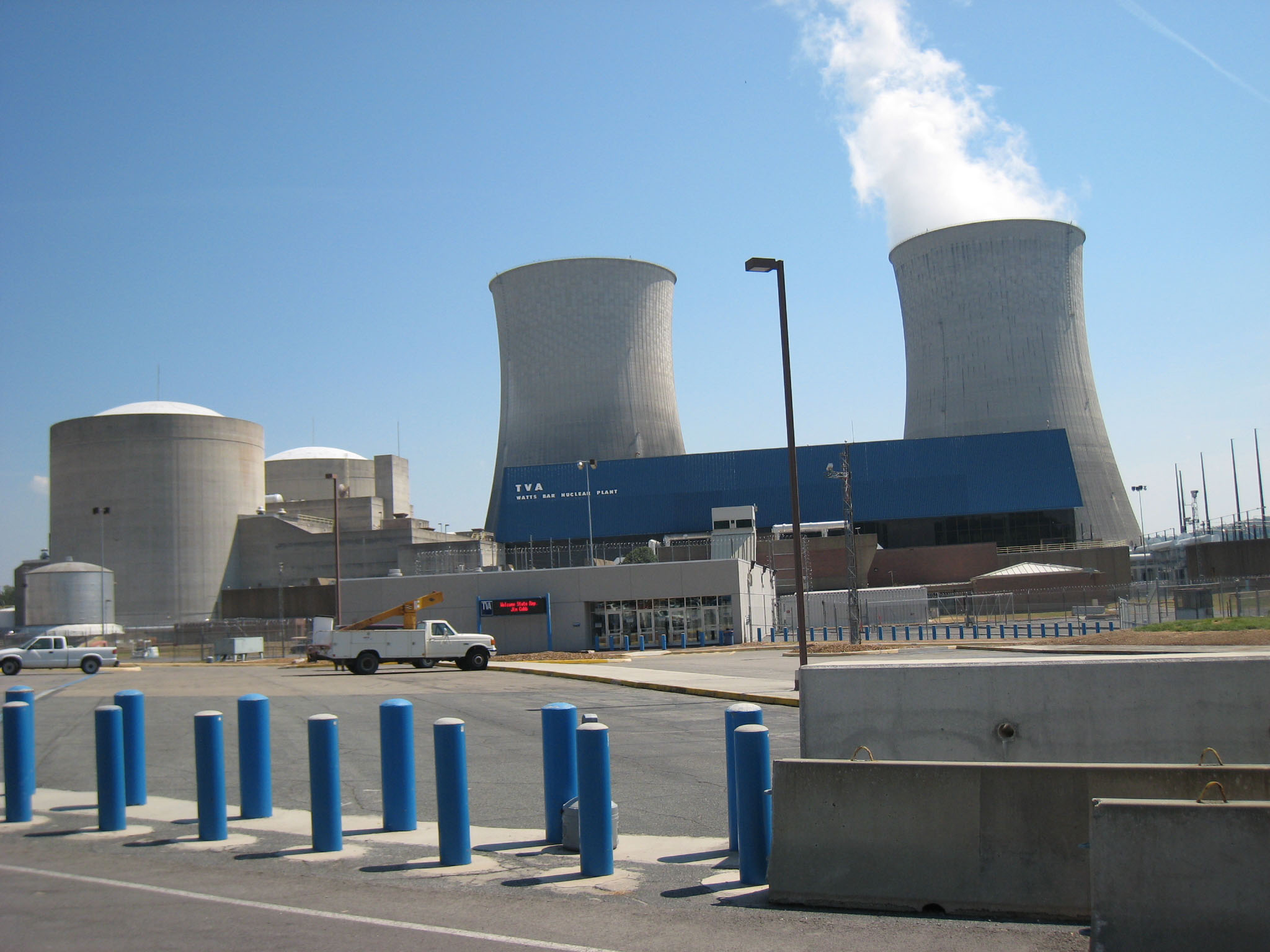Although work on the second reactor at Watts Bar Nuclear Plant is 80 percent complete, one of the big challenges in working on it has been meeting new requirements prompted by three meltdowns in Fukushima, Japan, two years ago, according to Mike Skaggs, TVA senior vice president for nuclear construction.
In part because Watts Bar near Spring City, Tenn., will be the first new reactor in the United States to be completed in the aftermath of the Fukushima disaster, TVA is leading the way in making many safety recalculations and retrofits, according to utility officials.
"We don't have others to learn from," Skaggs said. "We're pretty much at the front of the nuclear industry in installing it [the new emergency equipment and procedures], and we're having to learn as we go."
At Fukushima, a 9.0 earthquake and tsunami in March 2011 damaged the emergency cooling systems of the five-reactor nuclear plant. With no power, and no back-ups, three of the plant's five reactors melted. The resulting radiation leak contaminated the air, water and soil around the plant, forcing authorities to evacuate 160,000 residents from the area. About half will not be allowed to return to their homes even by 2017, according to a March story in Asahi Shimbun.
Last month, Fukushima's operator, Tokyo Electric Power Co., admitted it deserves a majority of the blame for the nuclear disaster because the plant and plant workers were ill-prepared to deal with the quake and tsunami.
"Our safety culture, skills and ability were all insufficient," company President Naomi Hirose said in a news conference.
Skaggs, who was named in 2011 to oversee TVA's nuclear construction at Watts Bar, said TVA's Fukushima revisions include three key things:
• TVA is re-evaluating how water from flooding would move in and around Watts Bar Nuclear Plant.
• The utility is installing new and added emergency equipment.
• NRC and TVA are also re-evaluating seismic issues.
Delays and overruns
Skaggs said some of the fallout from the Japan accident added a new layer to the plant's construction, but he did not blame delays or cost overruns on that work.
TVA had initially anticipated the reactor work to be complete in 2012 at a cost of about $2.5 billion. In April 2012, TVA revised the schedule for completion until December 2015 with a projected total cost of $4 billion to $4.5 billion.
Skaggs said the Fukushima updates added about $300 million to the cost.
Despite many starts and stops, TVA's work on Unit 2 has progressed to the point that much engineering work is in the details of transferring completed systems from construction workers to operators. And Scaggs said the new reactor work now is meeting its revised schedule, despite a new potential snag.
Last month, federal regulators cited TVA with three new apparent violations at Watts Bar Nuclear Plant -- this time over thousands of parts the utility purchased that are not documented as nuclear-grade quality. Some dated back to 1995, and that look now has expanded to all of TVA's reactors.
On Thursday, as Scaggs provided his quarterly construction update, he said TVA 17 years ago had changed its rules for how to assure commercial-grade parts were acceptable for nuclear use. But that rule did not meet NRC standards and no one caught the gaffs until NRC saw the problem 18 months ago.
"At Watts Bar 2, we have identified 550 components ... and tested 70 percent and found no problems," he said. "We still have 30 percent to test."
Skaggs expects that work will be done in a few weeks.
Skaggs said most of the work still ahead to complete the reactor includes the installation of cables, small valves, instruments and associated pipes and tubing that make up the reactor operating systems.
Another considerable task is what he called the transfer of the completed reactor systems from construction crews and overseers to operations crews and overseers. That hand-off requires reams of paper documentation and testing, he said. On several systems the work is being accelerated "to find and prevent potential problems early in the completion and testing" so they won't impede progress later, Skaggs said.
When complete, Watts Bar 2 is expected to generate about 1,100 megawatts, enough electricity to supply about 650,000 Tennessee Valley homes.
Contact staff writer Pam Sohn at psohn@timesfreepress.com or 423-757-6346.


